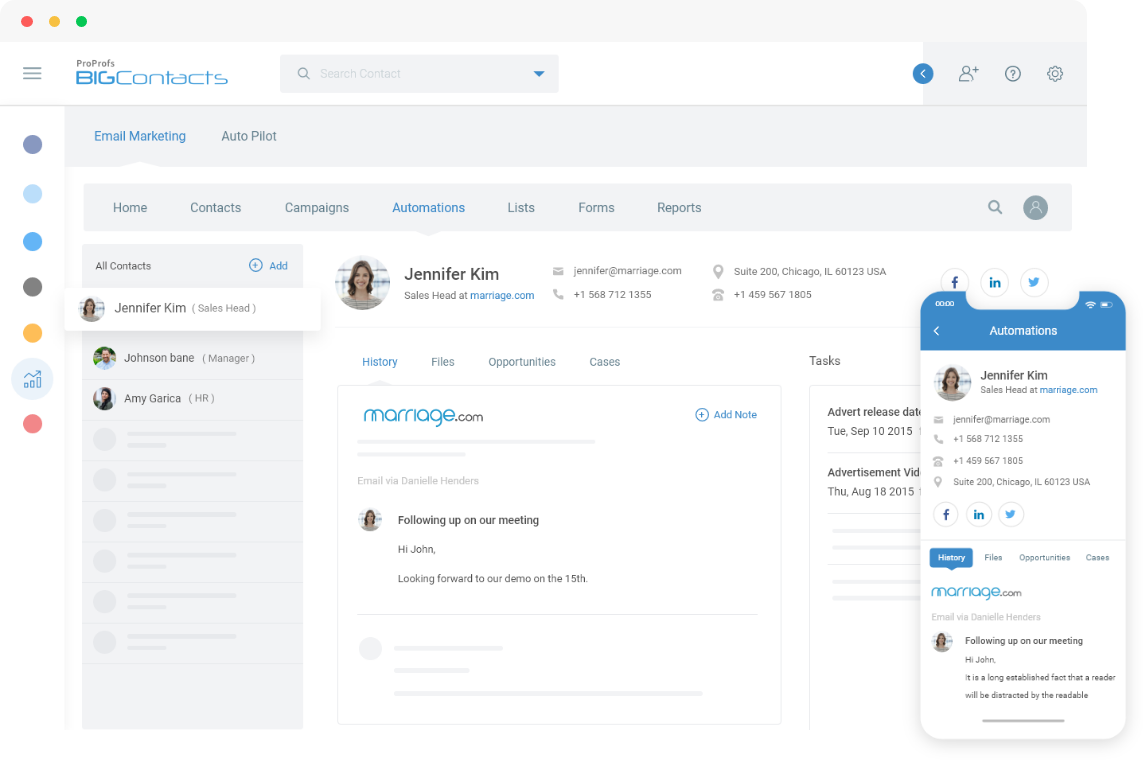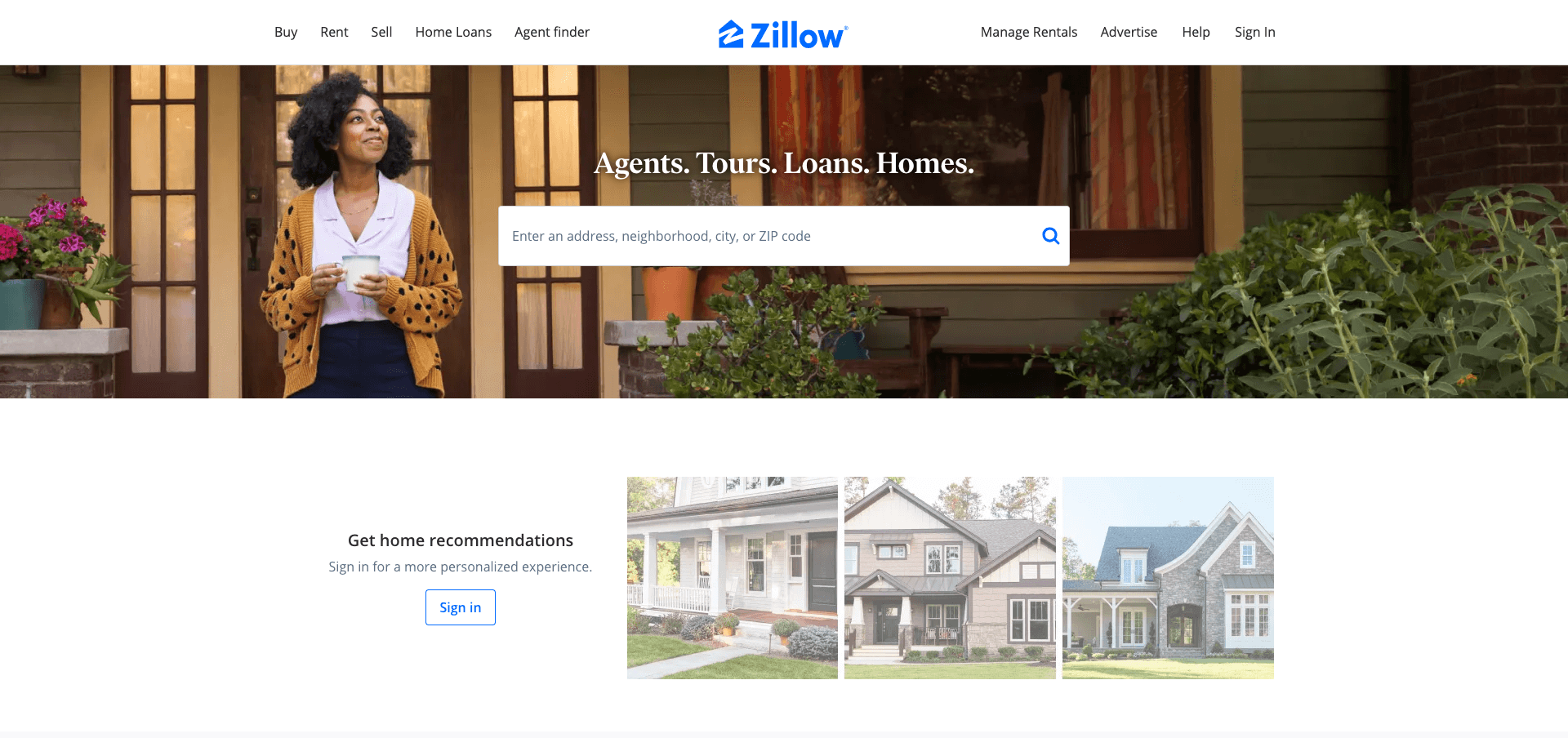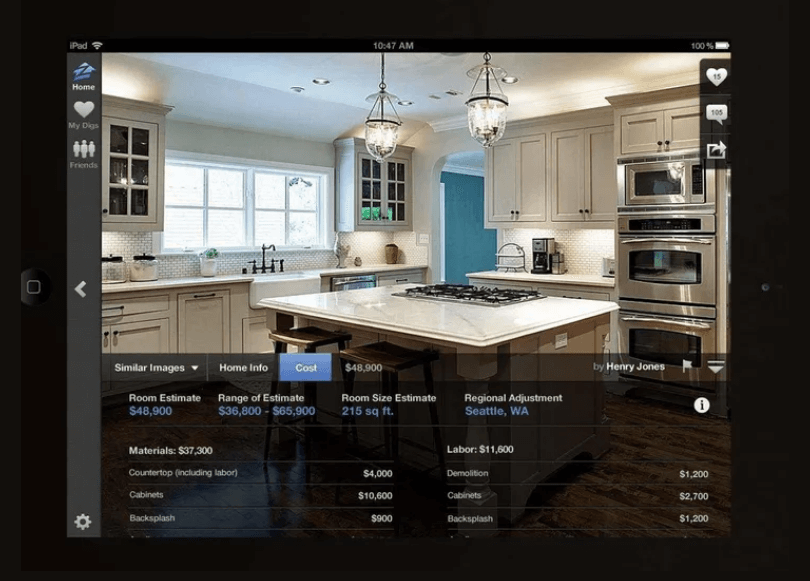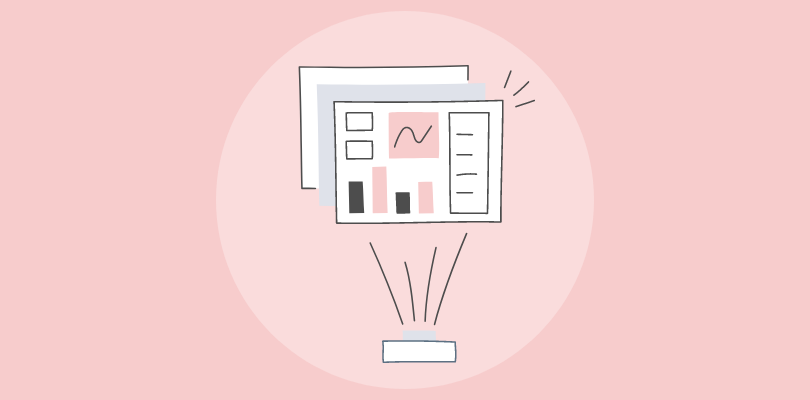Imagine having access to every customer’s innermost thoughts, preferences, and behaviors.
You could easily tailor your business strategy to meet their precise needs at the right time!
Sounds like a dream, right?
This level of understanding is entirely within reach, and the key to it is Customer Lifecycle Management (CLM) implemented through a Customer Relationship Management (CRM) system.
Picture this: a dedicated management system that can not only manage but anticipate customer needs, improving satisfaction and brand loyalty.
In this blog, we delve into the world of CRM-driven CLM. You’ll discover the power to cultivate strong customer relationships, heighten retention rates, and boost your revenue with powerful customer-centric software.
What is Customer Lifecycle Management?
Customer Lifecycle Management (CLM) is the process of managing the relationship with your customers from the first contact to the point of loyalty and advocacy. It forms the core of every customer-centric strategy.
CLM involves understanding customers’ needs, preferences, and behaviors and providing personalized and consistent experiences across different channels and touchpoints.
What is Customer Relationship Management?
Customer Relationship Management (CRM) involves the tools and technology used to manage interactions with potential and existing customers. CRM for startups integrate various customer data points to provide a unified view of the customer journey.
You can use it to store, organize, and analyze customer data, as well as automate various tasks related to sales, marketing, and customer service.
To learn more about, what CRM is, watch this quick video:
Both CLM and CRM play pivotal roles in creating a high-impact customer strategy. So, how does CRM serve as a robust tool for managing CLM? Let’s explore.
The Role of CRM in CLM
A CRM platform plays an instrumental role in managing customer lifecycles. From attracting new prospects to retaining existing customers, a robust CRM system provides comprehensive insights, manages interactions, and personalizes the customer journey.
A CRM solution can help you:
- Attract and acquire new customers by generating leads, creating and executing marketing campaigns, and tracking their performance.
- Convert and retain existing customers by managing sales opportunities and providing timely support.
- Provide insights into customer behavior, preferences, and interaction with your brand to anticipate needs, deliver timely solutions, and boost customer loyalty.
- Grow your customer base by upselling and cross-selling products, rewarding loyal customers, and encouraging referrals and reviews.
- Streamlining the sales pipeline, assigning tasks to your sales team, tracking your progress, creating quotes and proposals, sending automated follow-up emails and reminders, and closing more deals.
Read More: Elevating Customer Experience Through CRM
Customer Lifecycle Stages & CRM’s Role in Them
In essence, customer lifecycle management is about satisfying and then exceeding customer expectations to create strong relationships and maintain loyalty.
CLM includes several stages, each with unique behavior traits, often depicted as –
Stage 1: Awareness
The first stage of the customer lifecycle is awareness, where potential customers learn about your business, products, or services. This is a crucial starting point, as it sets the tone for the entire relationship.
At this stage, CRM systems can facilitate the following tasks:
By pinpointing various customer touchpoints, such as social media channels, email campaigns, and content marketing, CRM systems help you monitor and analyze which strategies are most effective in generating interest in your brand.
CRMs collect valuable data from website visits, social media interactions, email opens, and more to provide you with insights into customer behavior. This information helps you understand audience preferences and craft effective marketing strategies tailored to their needs.

Some CRM platforms support multi-channel marketing, ensuring a wider reach in targeting potential customers. By consolidating all marketing channels into a single tool, businesses can streamline their activities and better coordinate their marketing efforts.
Read More: A Complete Guide to Lead Management CRM in 2025
Stage 2: Consideration
In the consideration stage, prospects evaluate your brand’s offerings before making a purchase decision.
CRM systems play a key role in nurturing leads during this phase by tailoring communication and delivering targeted content to potential customers. CRMs help businesses:
- Segment and prioritize leads based on prospect behavior, demographics, and preferences.
- Automate the process of delivering informative, engaging content to leads, building trust.
- Track all communications and engagement levels with potential customers, helping your sales team identify qualified leads and craft personalized outreach efforts.
Stage 3: Purchase
During the purchase stage, leads convert into customers.
CRM systems play an essential role by streamlining the sales process and offering valuable insights into customer preferences and purchase history. This information helps sales representatives tailor their pitch effectively, resulting in more closed deals.
Here’s how it works:
- CRM systems enable sales reps to track opportunities closely using a visual pipeline, manage follow-ups, and prioritize prospects most likely to convert.
For more details, watch:
- CRM platforms offer quick access to customer data, empowering sales teams with valuable information during crucial sales calls or meetings, thereby improving their pitch.
- CRM systems provide insights into sales forecasts and performance metrics, helping businesses fine-tune their strategies.
Stage 4: Retention
Successful customer retention is interwoven into the entire customer lifecycle. It starts with the first contact you have with a prospect and continues the lifetime of the relationship.
Customer retention is more than giving the customers what they expect; it’s about exceeding their expectations so that they become loyal advocates for your product or service.
In this stage, CRM can:
- Offer integrated customer service modules, enabling businesses to quickly resolve customer issues, ensuring satisfaction and loyalty.
- Tailor communication and offers to individual customer preferences and buying patterns, enhancing satisfaction by delivering relevant content.
- Enable businesses to collect, analyze, and act on customer feedback, adapting their strategies to improve customer satisfaction and retention rates.
Read More: 7 Best Ways to Increase Customer Retention With CRM
Stage 5: Advocacy
In the advocacy stage, satisfied customers advocate your brand, referring others and generating more business. CRM platforms assist in creating brand advocates by:
- Analyzing customer data to identify satisfied customers who are likely to promote your brand, helping focus advocacy efforts effectively.
- Simplify the management of customer referral and loyalty programs, encouraging customers to share their positive experiences and reward them.
- Help businesses gain insights into customer sentiment and feedback, allowing them to address any underlying issues and maintain a positive reputation.
CLM Through CRM: Brands That Got It Right
1. Zillow: Simplifying & Personalizing the Home-Buying Process

Image Source: Zillow
Zillow, a leading online real estate marketplace, is known for transforming and simplifying the home-buying process.
But how does it manage to offer tailored recommendations to users while dealing with vast amounts of data? The answer lies in their strategic deployment of CRM.
Zillow uses a CRM system that collects and processes user data.
By tracking a customer’s browsing history and preferences (awareness stage & consideration stage), it can serve personalized home recommendations relevant to each user.

Image Source: Zillow
This CRM-powered customization enriches the user experience and accelerates the consideration to purchase transition.
Further, Zillow harnesses the power of its CRM for post-purchase client management (retention stage).
It offers features like home value updates and renovation ideas to its existing user base to keep them engaged. By curating an enduring relationship with its users, Zillow converts its customers into potential advocates, leveraging CRM to traverse the entire customer lifecycle.

Source: TechCrunch
2. Netflix: Redefining Global Entertainment With Predictive Analysis
Netflix, the world’s largest streaming service, provides a case study on the power of CRM in customer lifecycle management.

With millions of subscribers worldwide, Netflix has an abundant amount of customer data. Their effective use of CRM in processing this information has revolutionized the viewer experience.
Netflix’s CRM system tracks users’ watching habits, analyzes behavioral patterns across devices (connected TVs, laptops, phones or tablets), and identifies preferences (awareness & consideration stages). The system then uses this data to recommend personalized content, increasing content relevance and thereby boosting user engagement.

Source: Business Insider
In the purchase stage, CRM plays a crucial role in streamlining subscription levels, offering tailored plans that suit varied customer needs.
Post-purchase, Netflix uses CRM to keep the viewer base engaged (retention stage).
It consistently provides viewers with updates on upcoming series or suggested genres, keeping its subscribers perennially involved. This constant engagement and personalized experience convert satisfied customers into brand advocates (advocacy stage).
By intelligently employing CRM, Netflix manages the entire customer lifecycle, enriching user experience and maintaining strong customer relationships.
How to Create a CRM Business Plan for Customer Lifecycle Management
Creating a CRM business plan for customer success lifestyle stages involves careful strategizing and thoughtful consideration. The following steps can guide you through this process –
1. Define Objectives
Before you begin, clearly define what you hope to achieve with your CRM system. For instance:
- Enhancing customer satisfaction
- Boosting retention rates
- Increasing sales revenue
- Streamlining marketing strategies
2. Understand Your Customer Lifecycle
Analyze your current customer journey from the initial contact to the point they become repeat customers (or exit your funnel). This will typically involve the stages of awareness, consideration, purchase, retention, and advocacy.
3. Choose the Right CRM
The strategic use of CRM platforms proves vital in managing the customer lifecycle for both growing and established businesses.
The right CRM tool can streamline customer interactions, provide tailored experiences, and build stronger relationships with clients, ultimately empowering companies to excel in today’s competitive market.
Consider the following when choosing a CRM application for your business:
- The CRM solution should be user-friendly, having intuitive interfaces that make adoption and integration into daily tasks easier.
- Depending on your business type and size, you might need different CRM features. Choose a solution that meets your specific needs, such as contact management, lead tracking, sales forecasting, or marketing automation.
- The CRM should easily integrate with other systems you use in your business operations, such as email, accounting, or e-commerce platforms.
- Ensure your CRM provider offers comprehensive support to handle any challenges that may arise, including training, documentation, and responsive assistance.
- As your business grows, your CRM solution should be able to adapt and grow with it, enabling you to add users or expand functionality as needed.
Here’s a quick video to help you learn how to choose the right CRM solution for your business:
4. Introduce the CRM to Your Team
Ensure that all team members who will be using the CRM are trained adequately. This will involve:
- Explaining the purpose and goals of implementing the CRM
- Showing how to use the CRM to achieve these goals
- Providing resources and continual support to overcome any challenges
5. Implement & Adjust
Implement your CRM strategy, monitor its performance closely, and make adjustments as necessary.
- Track key performance indicators (KPIs) like customer churn rate, customer lifetime value, and campaign conversion rates.
- Regularly reassess and adjust your CRM strategy to better align with your business objectives and customer needs.
Read More: Building a CRM Strategy: All You Need to Know
Unlock Customer Success With CRM
Integrating CRM into your CLM strategy cultivates deeper, more profitable relationships with customers, leading to business growth and success.
In this regard, a solution like BIGContacts can be invaluable. As a leading CRM platform, BIGContacts equips businesses with the necessary tools to track and optimize every touchpoint in the customer journey.
Its comprehensive features facilitate better interactions and tailored customer experiences, making a tangible difference in every step of the customer journey.
FREE. All Features. FOREVER!
Try our Forever FREE account with all premium features!






